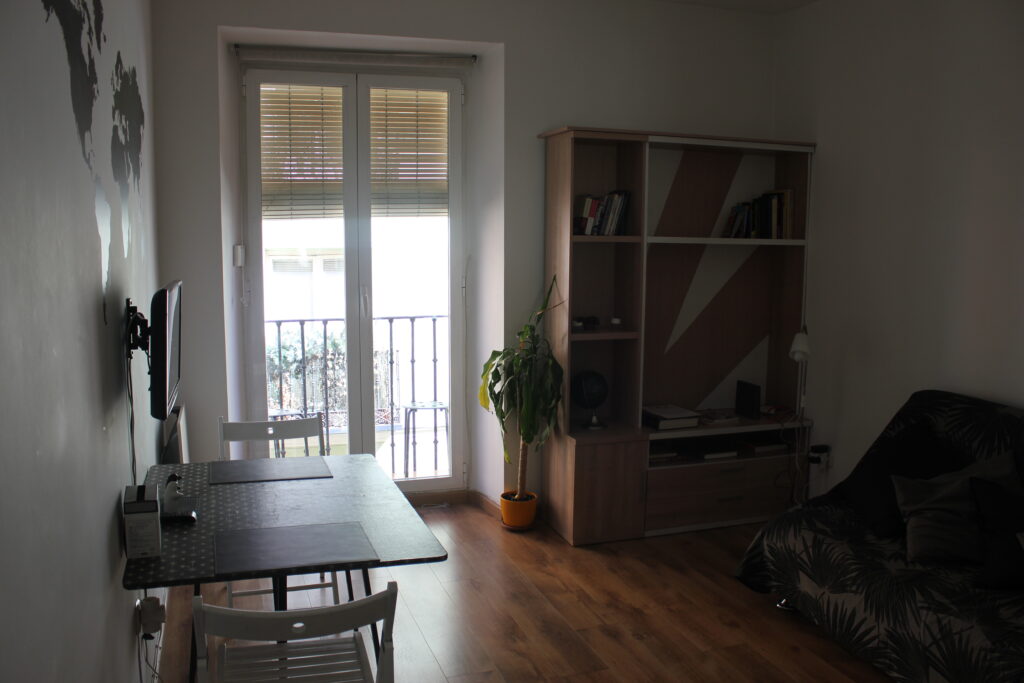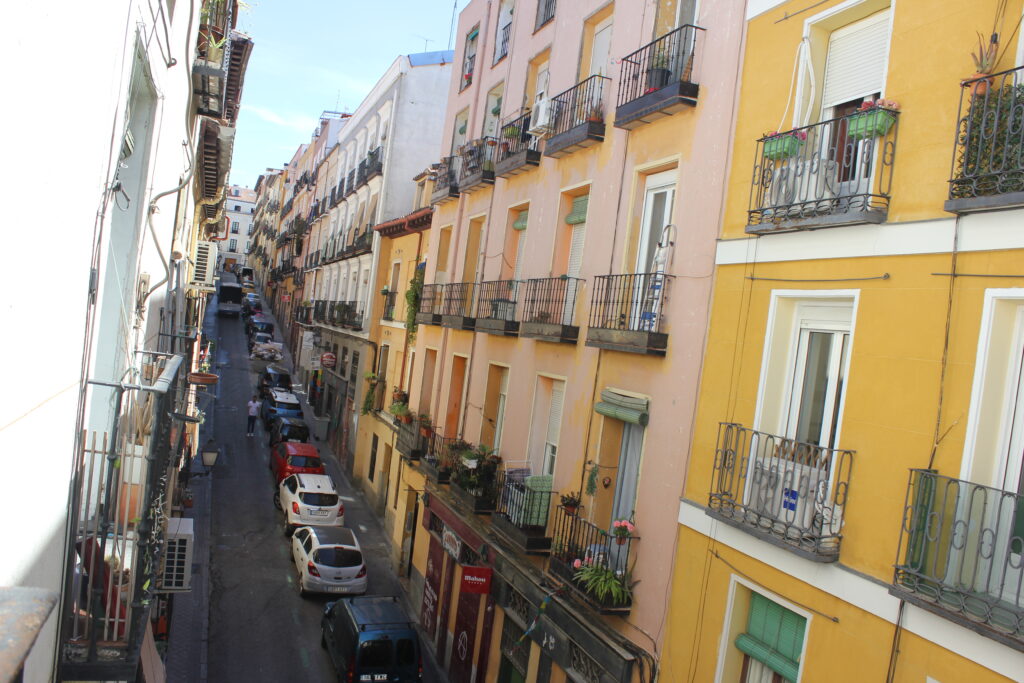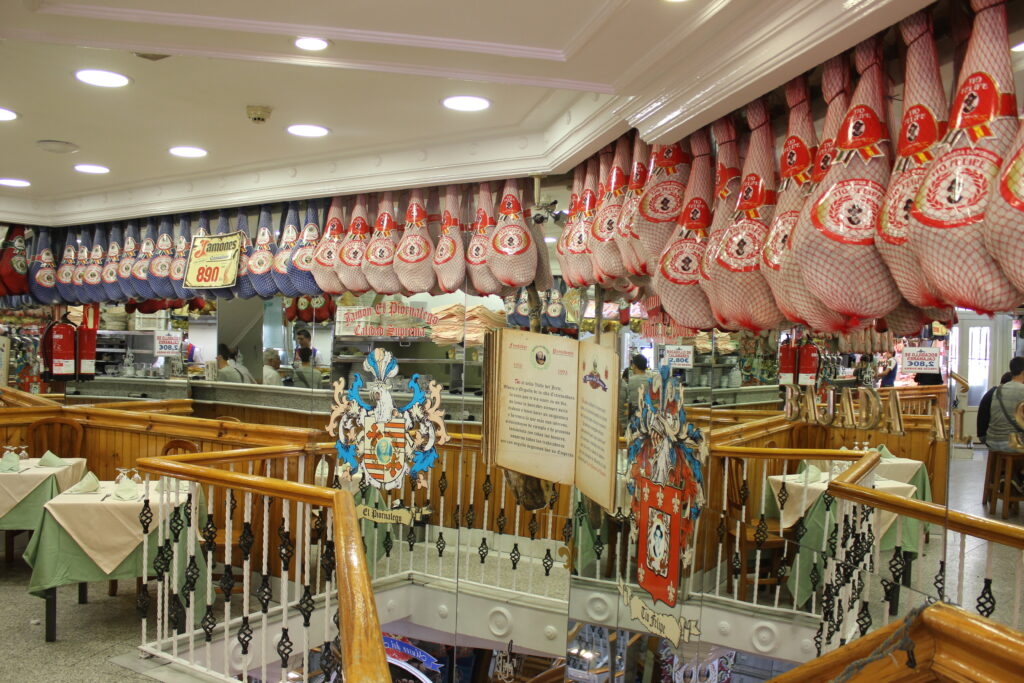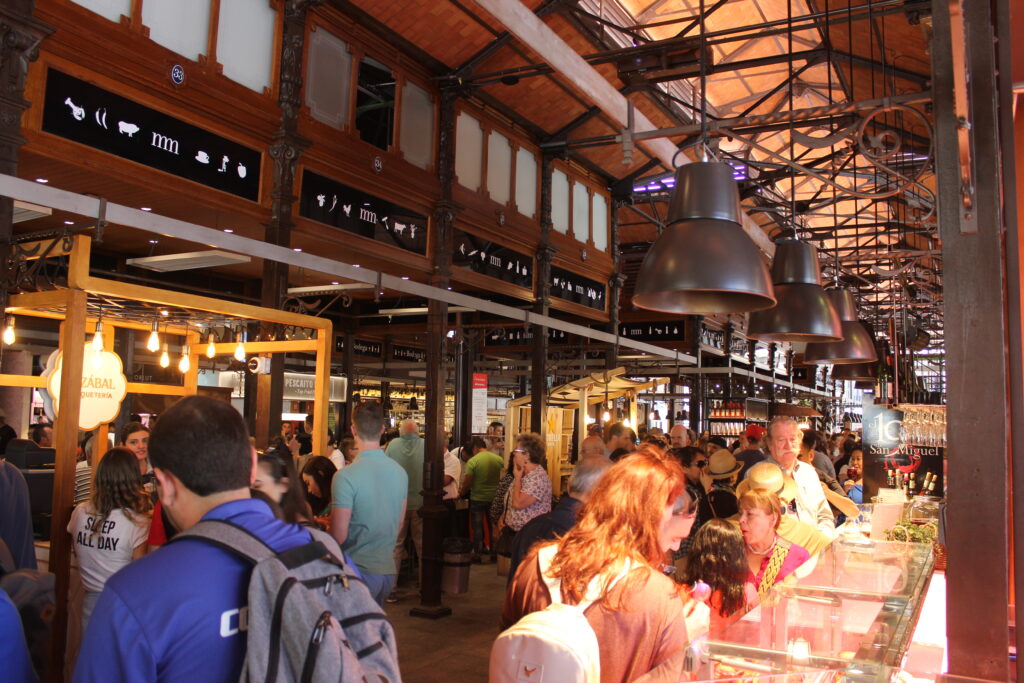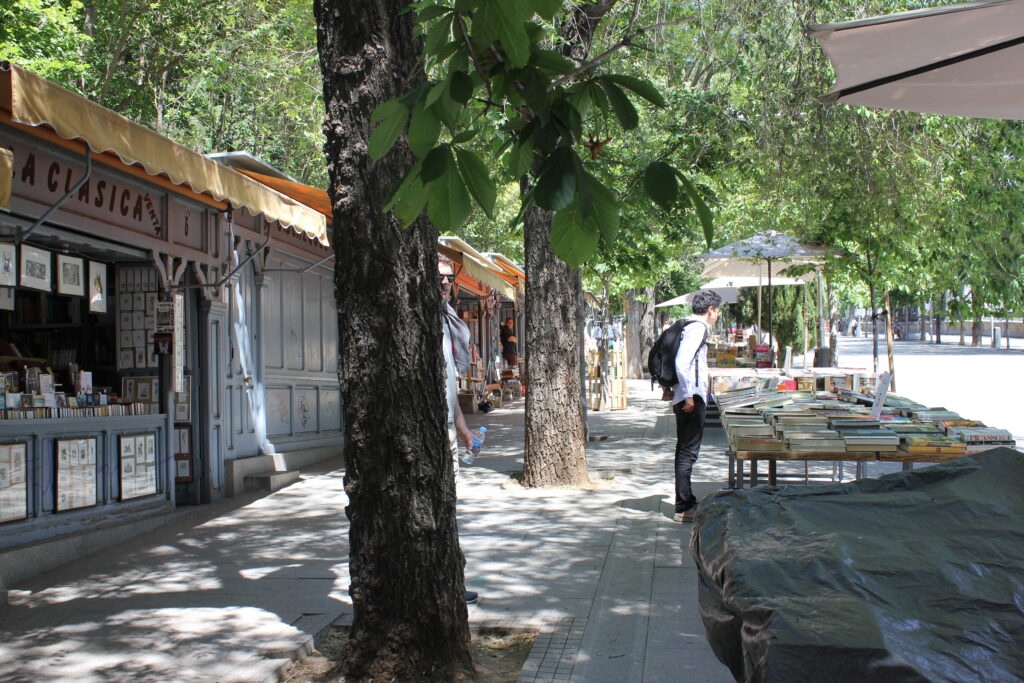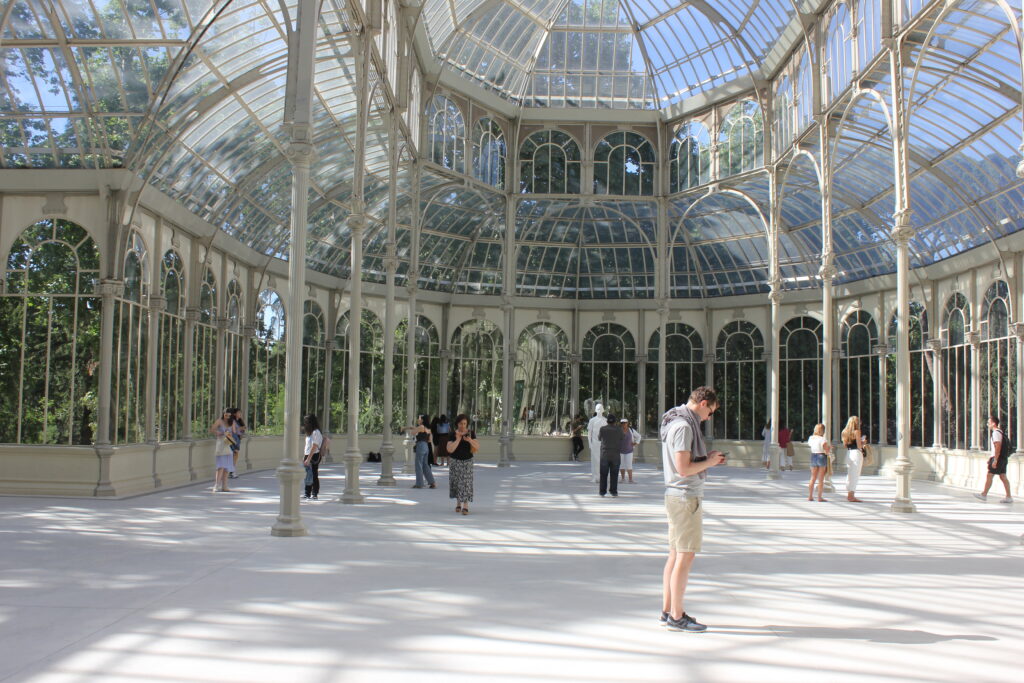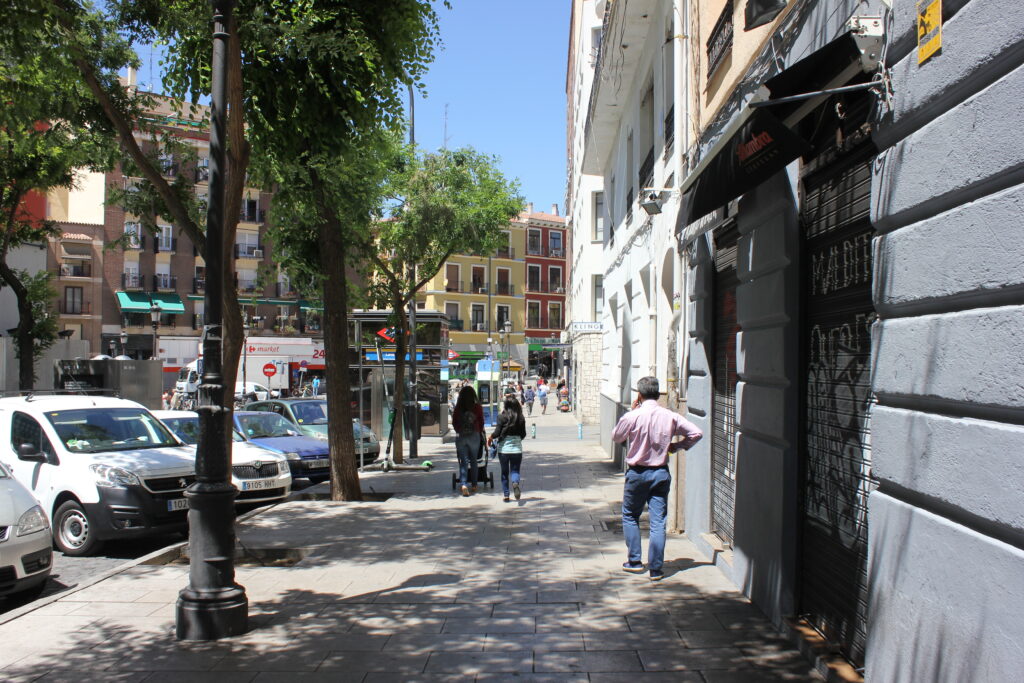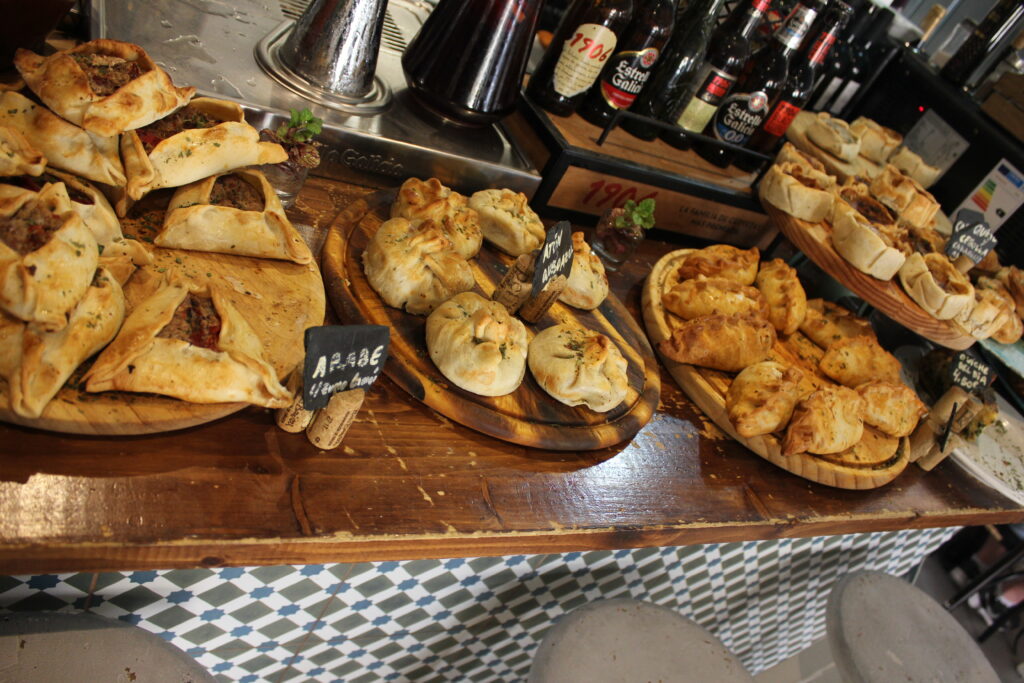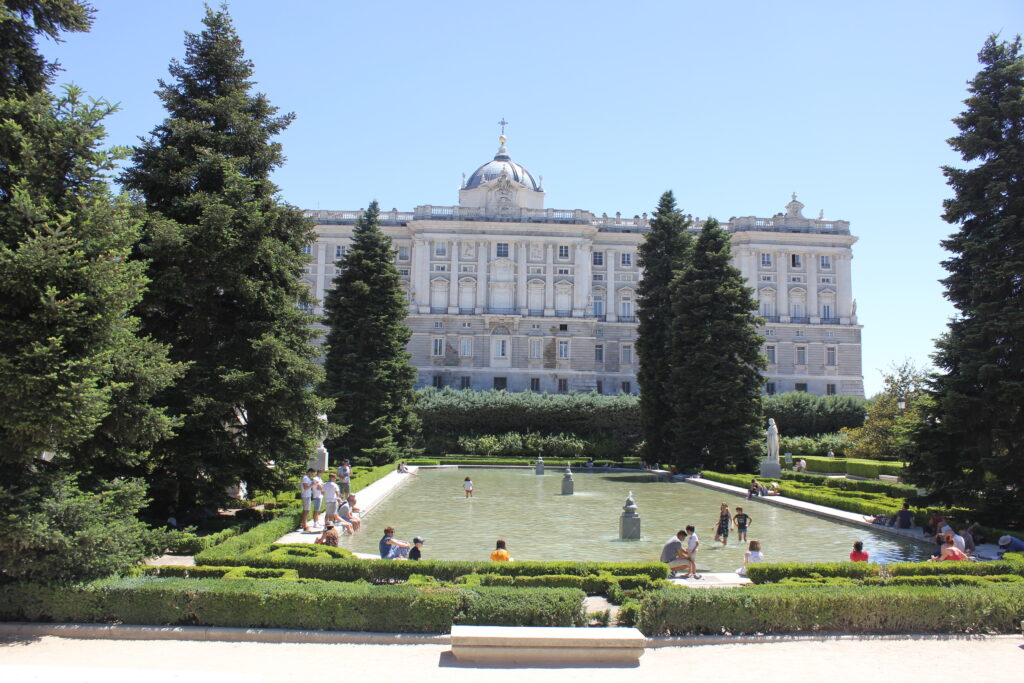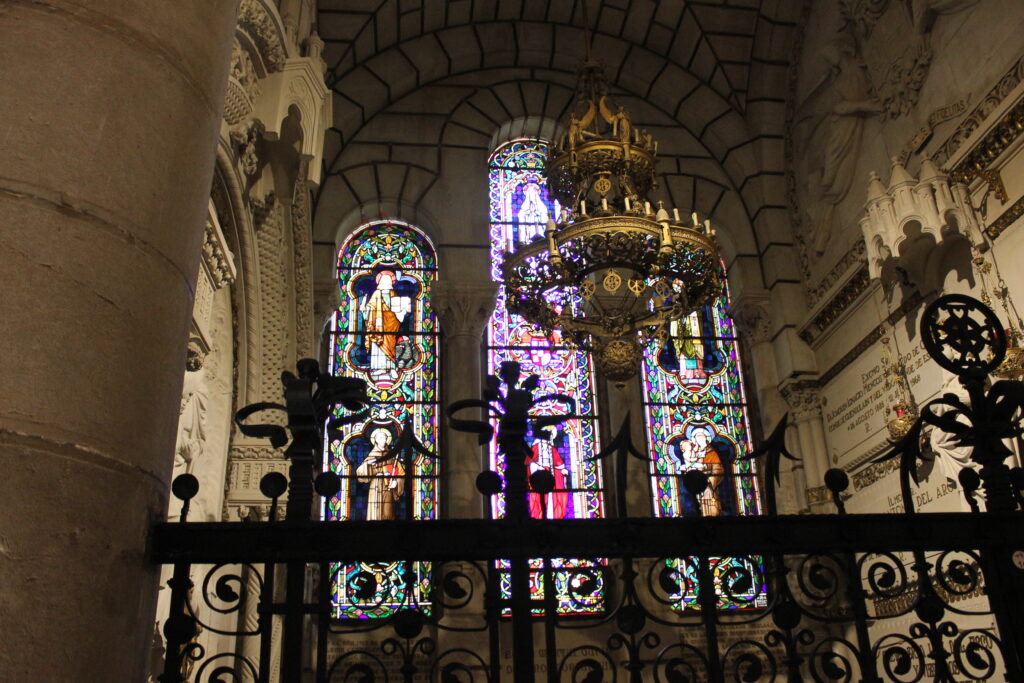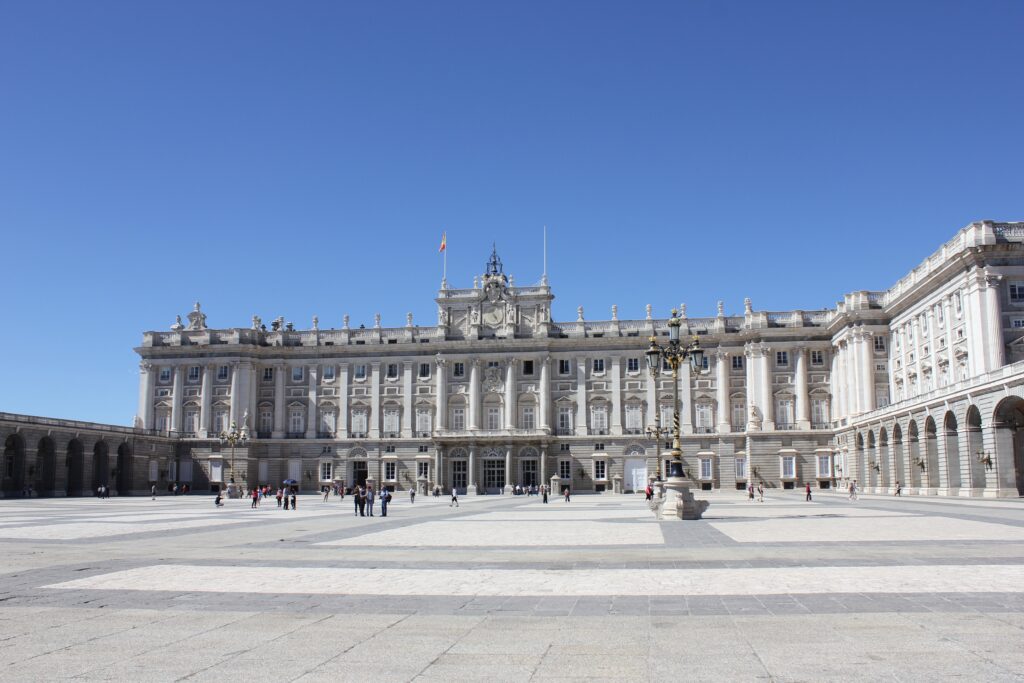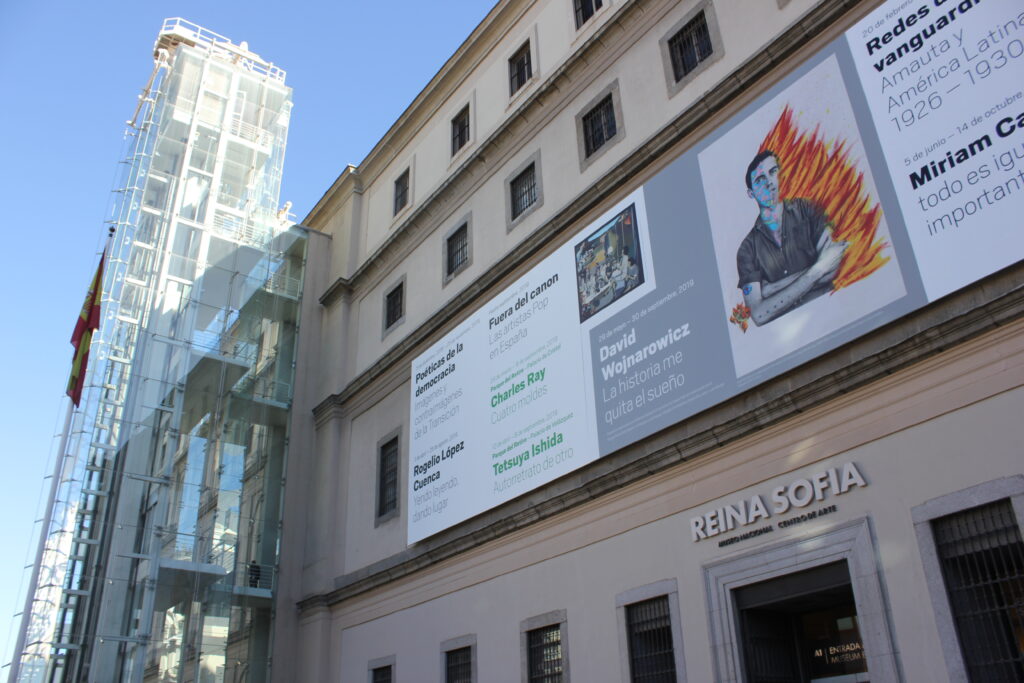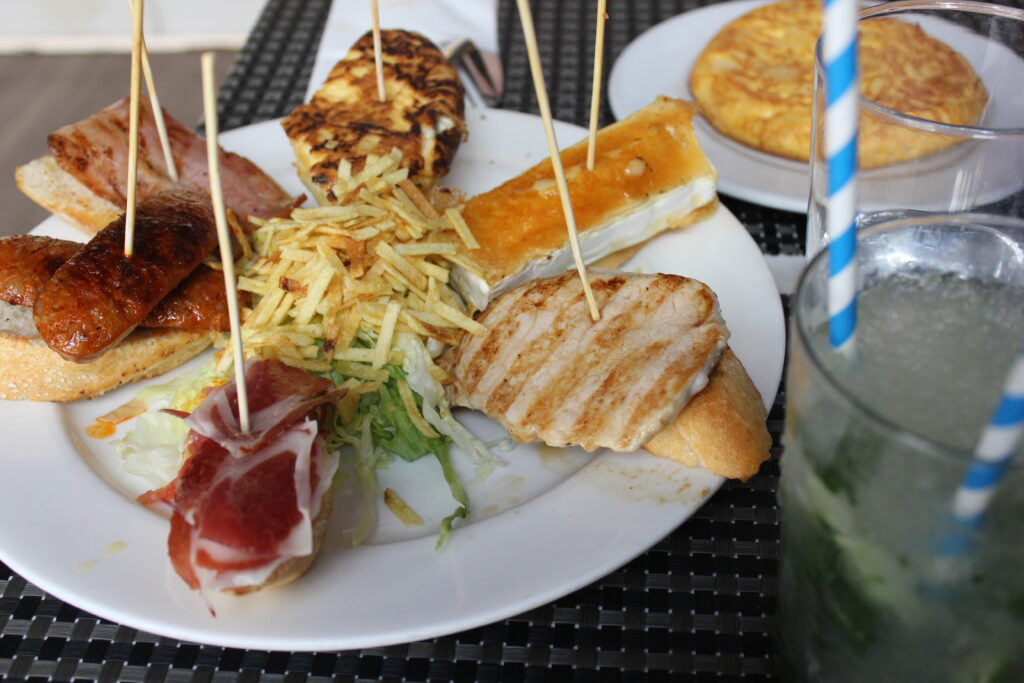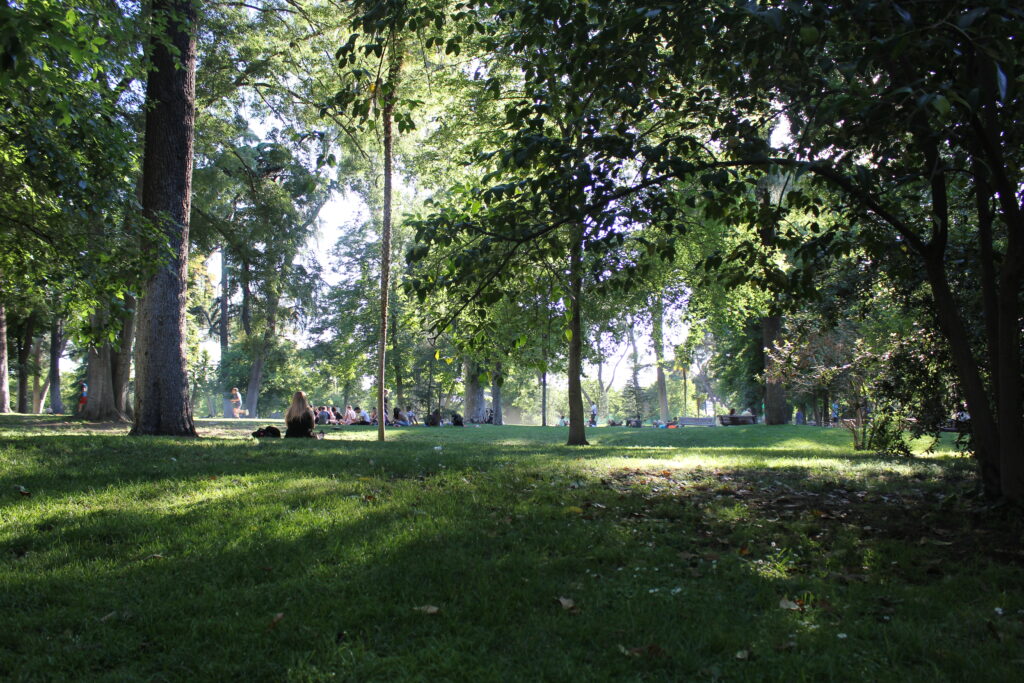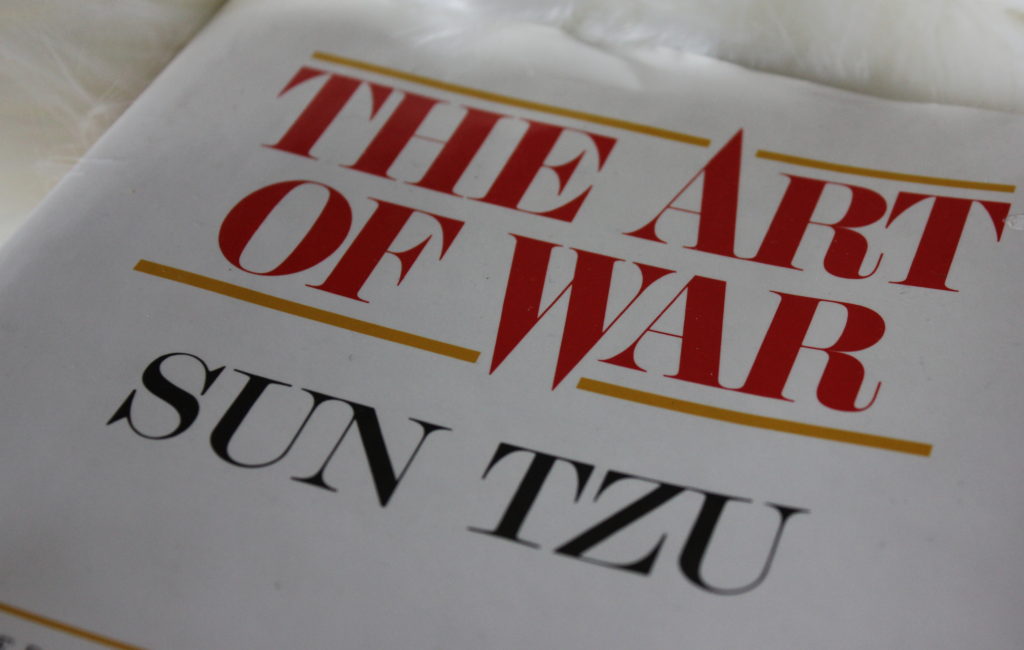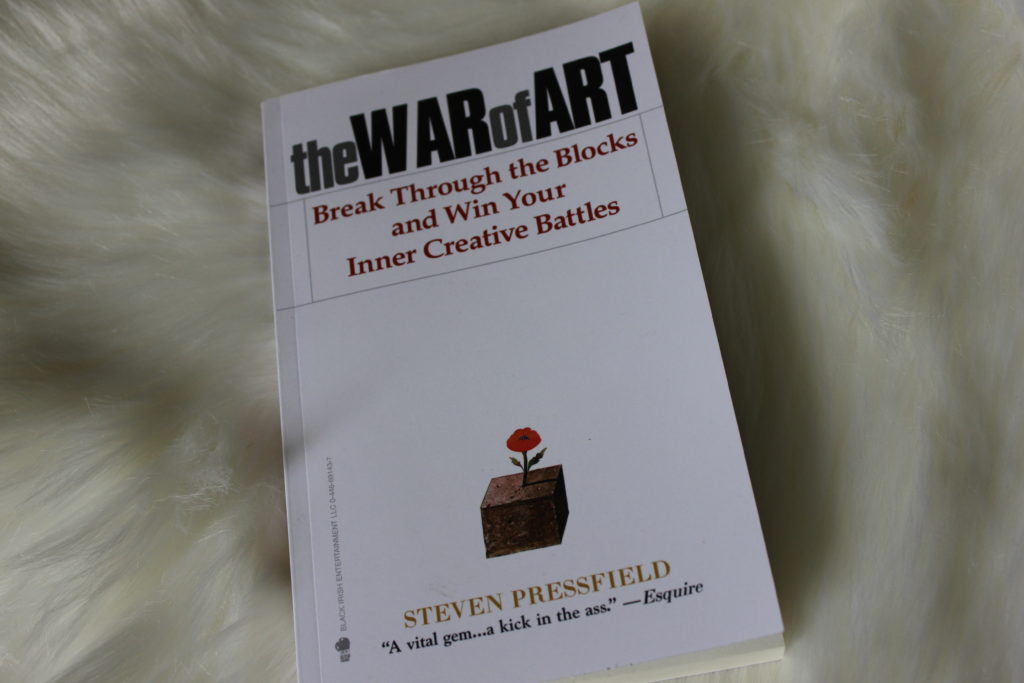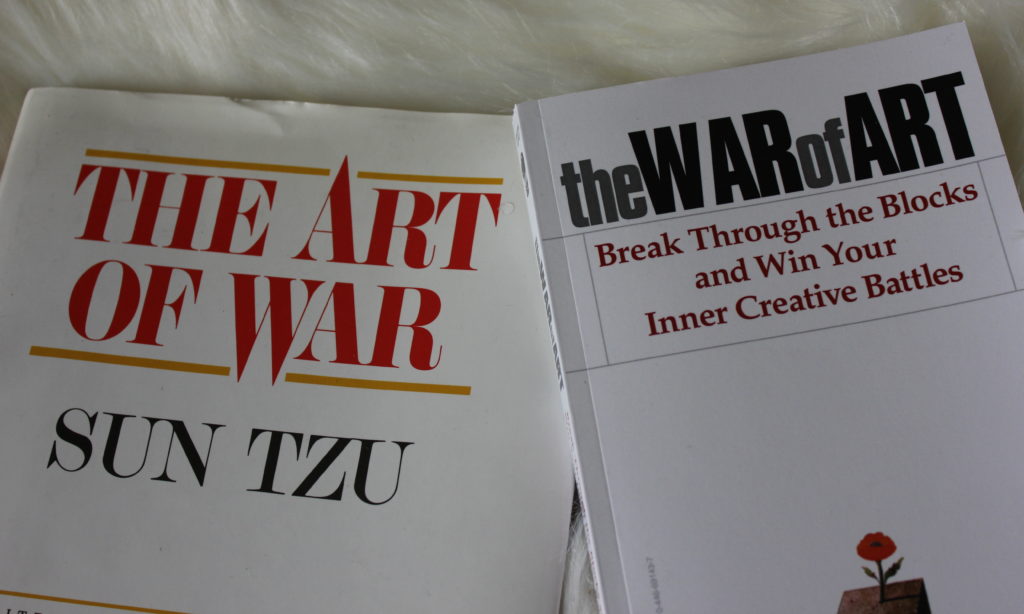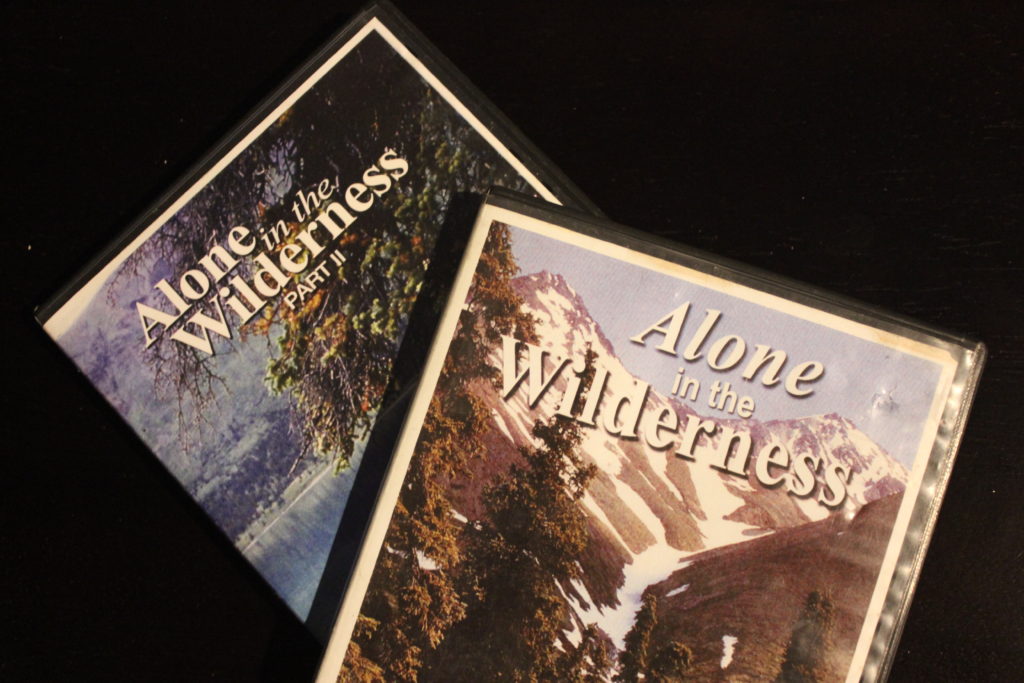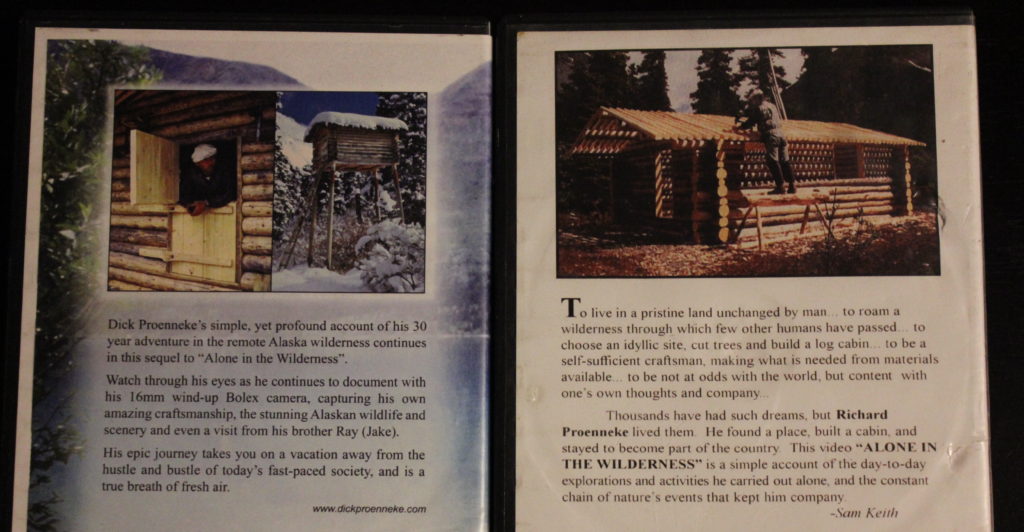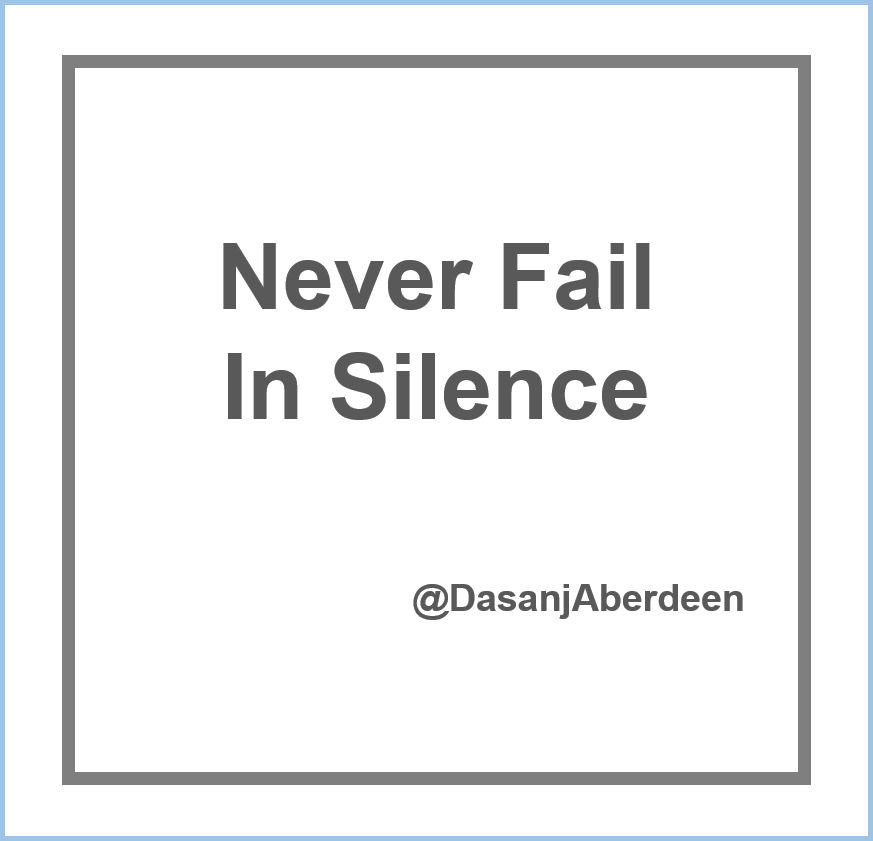My visit to Madrid was one of slow travel. I wanted a location that I could explore at leisure. I didn’t want to feel rushed or forced. I wanted to take on each day as with ease and flow. I considered Barcelona and Madrid and decided on Madrid. Here is how it went:
Day 1
My phone at the time had an issue each time I traveled. Whenever I turned it on prior to having access to the network carrier, it wouldn’t turn on. Unfortunately, I turned it on while still in airplane mode. So upon landing in Madrid, I lost access to my phone and didn’t have access to it for the entire trip! Thankfully I had my camera to capture photos.
From my prior research, there was a bus from the airport to the Atoche train station for 5 euros. From there, I took a cab to the Airbnb. I arrived before the 3 PM check-in time but didn’t see the host. So I went a nearby pub to get wi-fi access and get in touch with her. She eventually arrived and helped set up the wi-fi in the apartment.
After this, I went to the pub to get some food since it was the closest location. They didn’t have many options but were kind enough to make a custom meal with a few things on the menu pieced together so I could eat after the long flight. I had a mix of couscous, bread and a jam appetizer. Then I went to a nearby grocery store to get water and other staples which provided an initial view of the neighborhood. After that, I settled in to eat, shower and get some rest.
Day 2
I wasn’t feeling well so I took things slow and rested for the majority of the day in “the cave.” This was the affectionate name for the Airbnb bedroom based on its location in the apartment. It was insulated from the exterior walls which was perfect for sleeping soundly. The day was all about self-care, the Madrid edition.
Day 3
This was the first big day of exploring Madrid. The morning started with a walk from the neighborhood, Lavapiés. Lavapiés is a vibrant, multicultural neighborhood with steep medieval streets (each outing was a workout)! Breakfast was on the go with a quick stop at a grocery store to pick up a baguette, goat cheese and jamon, in true Madrid fashion.
The first big stop was Plaza Mayor (“Old Plaza”) which is the epicenter of Madrid and has been around since the 16th century. It is often full of people dining outside. The Plaza has nine entrances, and has many traditional shops and cafes plus souvenir shops! The Plaza Mayor has been the site of events such as bullfights, soccer games, markets and even public executions.
Continuing on along the walk was the Museo de Jamón which is the “Museum of Ham.” It’s not an actual museum but a shop that specializes in all things pork.
Next was the bustling Puerta del Sol. This plaza is centrally located with many hotels is home to the famous bear statue (el oso y el madroño), which is the heraldic symbol of Madrid. Important political, holiday, and sports events are held here and there are a variety of food options.
Then it was time for a stroll through Mercado San Miguel which is Madrid’s most famous food market. This stop was worth it and offered options to try different Spanish food and shop.
Along the way, I passed by Museo Prado but visiting wasn’t on the agenda for this day. Walked along a street near Parque del Buen Retiro where locals sold art, crafts, books and other items from a row of booths.
From there, a leisurely walk led to and through Parque del Buen Retiro. It was originally owned by Spanish royalty and is now a centerpiece of the city. I visted the pond there, Estanque del Retiro, but didn’t rent a rowboat! Maybe next time! It was wonderful to enjoy the greenery in the middle of the city, stroll through the garden pathway and relax. In the middle of the park was Palacio de Cristal, a beautiful greenhouse-style pavilion made of glass.
With more perusing around the city, I stumbled upon La Caserola Restaurant which was perfect for dinner. Then for dessert, it was Chocolateria San Ginés for churros and chocolate. It was worth the line and wait! After this treat, it was time to truly wind down the evening at a rooftop bar, The Hat for a few drinks while overlooking the Spanish style roof, characterized by gorgeous tiles that create texture, color and detail.
Day 4
I love incorporating fitness when I travel. So this morning started with a long run through the city to the old stadium of Atlético Madrid, Estadio Metropolitano, and a walk / run back the Airbnb with intermittent stops for a closer look at interesting things along the way. A city run is a great way to quickly see a new place and check off a workout.
Once back and ready for the rest of the day, a leisurely stroll led to a cozy restaurant named Tinto y Tapas for tapas.
This stop provided enough fuel to continue the walk, passing by City Hall, a large soccer ball for the upcoming soccer final and the Edificio Metrópolis (Metropolis building). Next, I passed by “Gran Vía”, Madrid’s premier shopping district. It was great to see but I wasn’t there to shop!
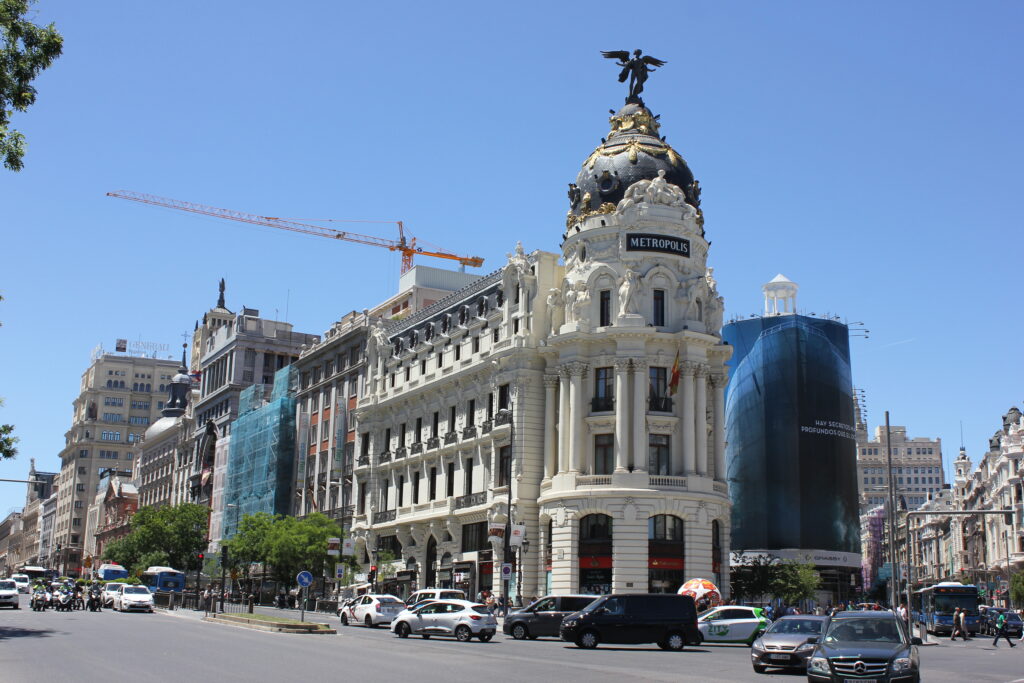
The walking tour continued. There was a long walk before arriving to the Jardines de Sabatini, by the Palacio Real de Madrid (Royal Palace). I spent some time exploring the grounds, passing other tourists and locals who had set up their easle to paint for the day.
I planned to head to the palace next but headed in the wrong directly which unfortunately was the long way. By this point, the sun was blazing. I checked out the nearby Almudena Cathedral, the main church of the Archdioceses of Madrid. It was free to enter the church (but not the museum) so I wandered around to appreciate the architecture and colourfully painted ceiling. It was a nice break from the heat as well!
Next, it was time to hydrate and rest. So there was a quick stop for coffee and water at a nearby coffee shop. The Palacio Real de Madrid (Royal Palace) was the next stop after this. It wasn’t necessary to go beyond the front gate so I stayed there and enjoyed the majestic structure.
One of the recommended restaurants was 100 Montaditos so I stopped by one of the locations to check out the tapas options but ended up passing on this. Instead, I ended up at Museo de Jamón for tapas. There was a process which the locals new. It was highly efficient. People ordered quickly, most people ate standing up then they were on their way. To beat the heat and as a nice treat, ice cream was in order after.
Next, it was time for some art. I love incorporating art in my trips so the Reina Sofia Museum was a great way to incorporate this. The museum is Spain’s national museum of 20th century art. I especially enjoyed the pieces by Salvador Dalí and Pablo Picasso, especially Guernica!
After the museum, I came back to the apartment for a while. Then headed out to the restaurant Taberna Maceiras for dinner. This was in true Madrid style with a late dinner which included octopus, drinks with fire and a rustic vibe.
Day 5
Food was the first thing on the agenda to start the day. Initially, there was no specific destination in mind but strolling led to a restaurant La Esquina de San Miguel where I had tapas.
Then consistent with the prior day, ice cream was in order before visiting another museum. This time it was the Prado Museum.
After all the walking throughout the museum, I went to the Parque del Buen Retiro to relax and lounge in the grass for a while. As always, nature delivered with a peaceful way to wind down the afternoon.
I headed back to the apartment for a while to get ready for dinner. Dinner was at an authentic local restaurant. The evening was lively with many people out and about. The next stop was a bar along the way. The end of the evening also brought to reality the end of the trip.
Day 6
At last it was time to head out. Breakfast was quick with a banana, yogurt and croissant. After finishing pack and tidying up the apartment, it was time to walk to Atocha Station to get the bus for the airport. It was close and with familiarity of the place now, there was really no need for a cab like on arrival.
The verdict?
Madrid was a wonderful time. Initially, I considered visiting Barcelona. But I wanted something with a slower pace. My expectations for Madrid weren’t high and I didn’t know how things would unfold. But Madrid over delivered. It provided the things and experiences I enjoy such as nature, art, walking, history and great food.
Dasanj Aberdeen is an entrepreneurial spirit who embodies the combination of left-brain logic and right-brain creativity. She is a consultant and proponent of multidisciplinary education, approaches and pursuits. She writes about their benefits in modern times and integrating multiple interests into a sustainable and fulfilling lifestyle. She’s a graduate of The Wharton School of the University of Pennsylvania and Temple University with a concentration in Technology & Innovation Management, jointly delivered by the Fox School of Business and College of Engineering.
